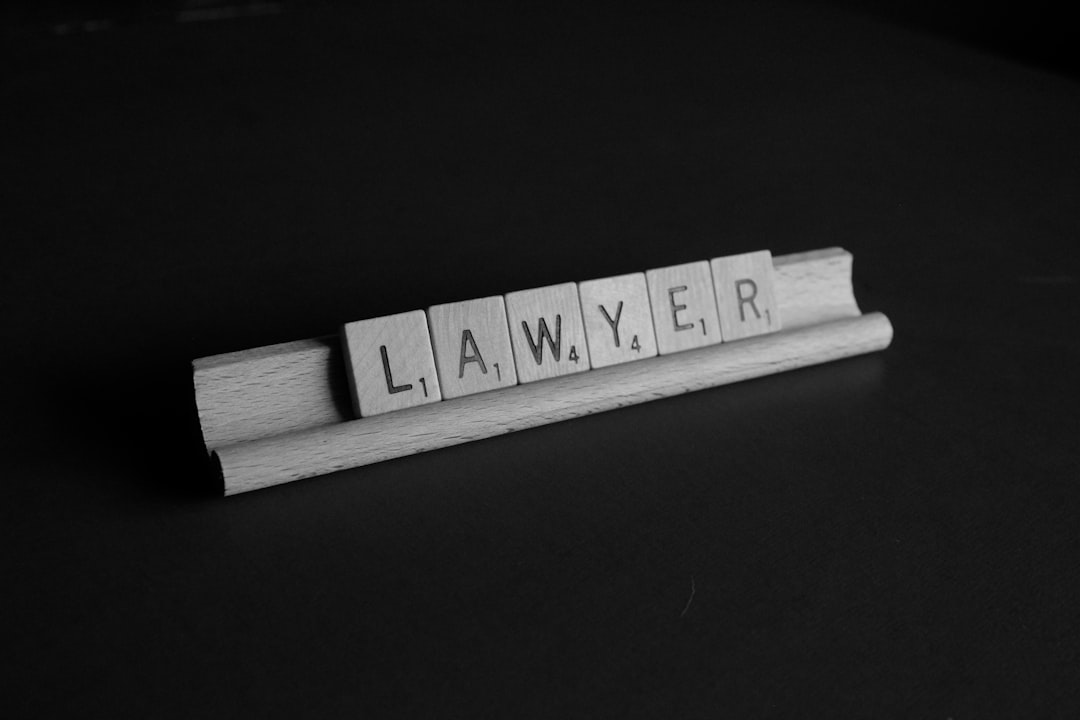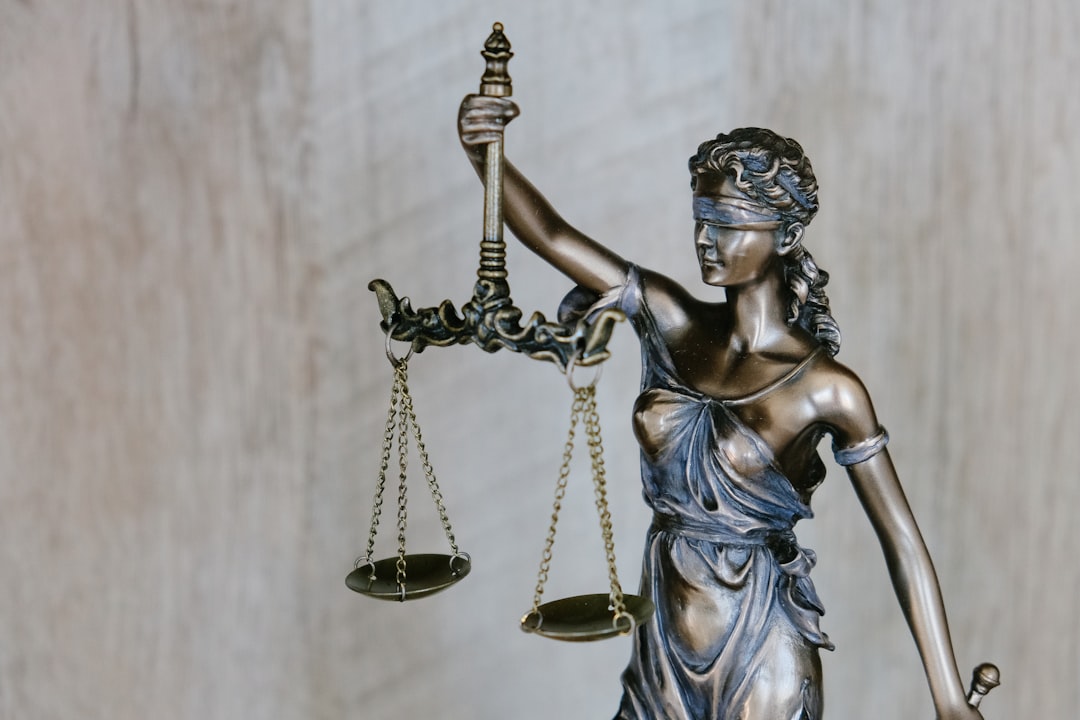In Kansas, clear teacher-student interaction guidelines are essential for a safe and productive learning environment, protecting students from abuse, fostering respect, and maintaining trust. Stricter regulations and the involvement of school abuse lawyers ensure accountability and deter misconduct. Effective guidelines, developed through collaboration between schools and parents, promote open communication, privacy protection, and respectful behavior, aligning with legal frameworks to prevent and address school abuse.
In Kansas, ensuring safe and respectful teacher-student interactions is paramount. This article explores the critical need for clear guidelines, especially in light of the state’s recent legal cases involving school abuse. We delve into the importance of such protocols, analyze the current legal landscape, and provide practical best practices for teachers. Furthermore, it discusses the collaborative roles of schools and parents in implementing and enforcing these guidelines to foster a positive learning environment while mitigating potential risks.
Understanding the Importance of Guidelines in Teacher-Student Interactions

In Kansas, establishing clear guidelines for teacher-student interactions is paramount to fostering a safe and conducive learning environment. These guidelines serve as a protective measure against potential school abuse, ensuring that students are respected, valued, and treated with the utmost integrity. By setting boundaries and defining acceptable behavior, educators can create an atmosphere of trust and openness, encouraging students to engage actively in their education without fear or intimidation.
A well-defined set of guidelines empowers both teachers and students, providing clarity on expectations and consequences. It equips educators with tools to navigate interactions ethically, especially in diverse classrooms where cultural sensitivities and individual differences play a significant role. Furthermore, these guidelines can act as a deterrent for any form of misconduct or abuse, allowing students to learn and thrive without interference from unwanted behaviors. In Kansas, where legal protections against school abuse are in place, adhering to such guidelines is not just best practice but also a matter of ensuring compliance with state laws and regulations.
Current Legal Landscape and School Abuse in Kansas

In Kansas, the legal landscape regarding teacher-student interactions is governed by strict regulations designed to prevent and address school abuse. The state has implemented stringent policies to protect students from any form of abuse within educational settings, particularly focusing on maintaining appropriate boundaries between teachers and pupils. These guidelines are in place to safeguard the well-being of students and ensure a safe learning environment.
School abuse lawyers in Kansas play a vital role in upholding these regulations by offering legal counsel and representation to victims of teacher misconduct. They help navigate the complex legal system, ensuring that individuals who have experienced abuse receive justice and accountability from those responsible. The presence of such legal experts serves as a deterrent, discouraging potential perpetrators and fostering an environment where students can learn without fear of exploitation or harm.
Crafting Effective Guidelines: Best Practices for Teachers

Crafting effective guidelines for teacher-student interactions is a vital step in fostering a safe and nurturing learning environment, particularly in Kansas where addressing school abuse is paramount. Teachers play a crucial role in setting boundaries and establishing positive relationships with students. Best practices include promoting open communication, ensuring student privacy, and modeling respectful behavior.
Teachers should be encouraged to set clear expectations for interactions, providing guidance on appropriate language and conduct. Regularly reviewing these guidelines, especially during professional development sessions, can help educators stay vigilant against potential abuse and maintain a culture of trust and respect within the classroom. Additionally, promoting a reporting system that encourages students to voice concerns or share experiences of discomfort or harm is essential in addressing any instances of school abuse.
Implementing and Enforcing Guidelines: Roles of Schools and Parents

Implementing clear guidelines for teacher-student interactions is a collaborative effort between schools and parents, especially in addressing concerns related to potential school abuse. Schools play a primary role in establishing these protocols, ensuring they are age-appropriate and align with legal frameworks. This includes training educators on recognizing and reporting suspicious behaviors while fostering an open dialogue with students to encourage disclosures.
Parents, too, have a significant part to play. They should be actively involved in understanding the guidelines and monitoring their children’s interactions with teachers. Staying informed about school policies and regularly discussing any unusual incidents or changes in student behavior can help identify potential issues early on. Together, schools and parents can ensure a safe learning environment by holding themselves accountable for the enforcement and adherence to these critical guidelines, ultimately protecting students from school abuse in Kansas.






